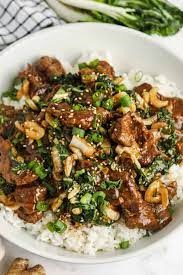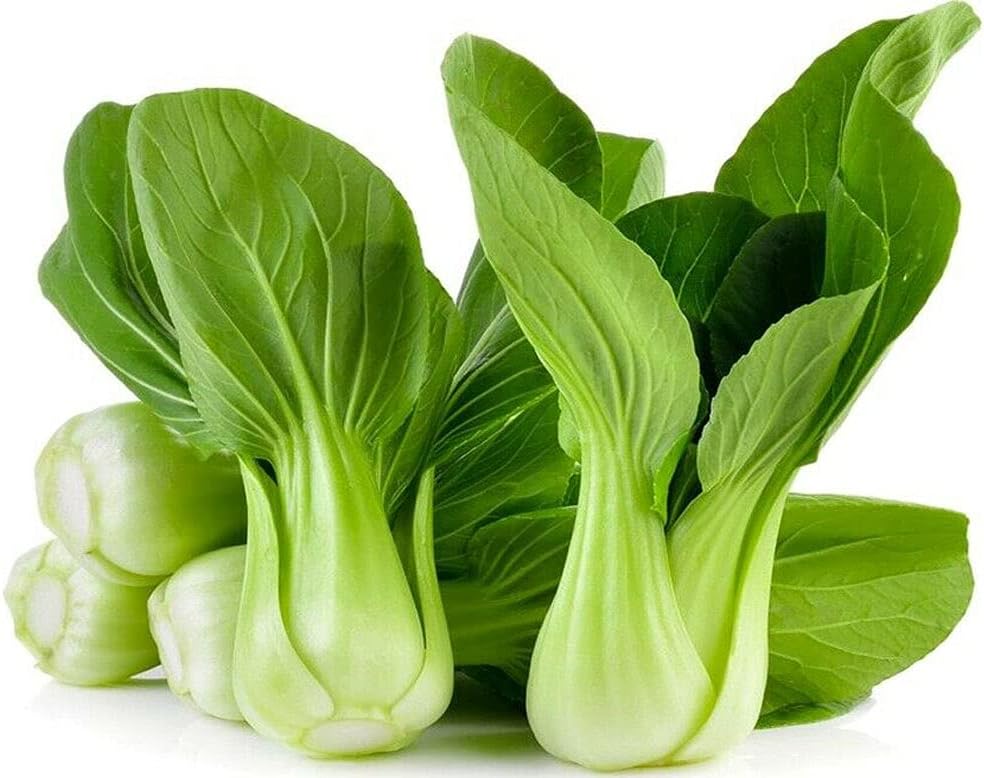28th Jan 2024
Stir-Fry Beef and Bok Choy Recipe
Happy Monday, dear friends!

Try this awesome simple recipe! I made it for Friday night, and it was very good and satisfying!
Fresh ginger is perfect for this cold and rainy weather.
You can use ground beef as well. I didn't have hoisin sauce, so just used soy. Also, didn't use corn starch, it was a little watery, but we were ok with that.
Simple, fast, and very satisfying!
Good on your pocket too.
Enjoy!
Stir-Fry Beef and Bok Choy
Ingredients:
- 1 lb (450g) stir-fry beef strips
- 1 lb (450g) baby bok choy, cleaned and halved
- 3 tablespoons soy sauce
- 1 tablespoon hoisin sauce
- 1 tablespoon cornstarch
- 2 tablespoons vegetable oil (for cooking)
- 3 cloves garlic, minced
- 1 teaspoon fresh ginger, grated
- 2 green onions, sliced
- Sesame seeds for garnish (optional)
- Cooked rice for serving
Instructions:
- Prepare the Beef:
- In a bowl, combine the stir-fry beef strips with soy sauce, hoisin sauce, and cornstarch. Allow it to marinate for at least 15-20 minutes.
- Cook the Beef:
- Heat 1 tablespoon of vegetable oil in a wok or large skillet over medium-high heat.
- Add the marinated beef strips and stir-fry for 2-3 minutes or until browned. Remove the beef from the wok and set it aside.
- Cook the Vegetables:
- In the same wok, add another tablespoon of oil if needed.
- Add minced garlic and grated ginger. Stir-fry for about 30 seconds until fragrant.
- Add the halved baby bok choy and stir-fry for 3-4 minutes until they are tender-crisp.
- Combine and Finish:
- Return the cooked beef to the wok with the bok choy.
- Add sliced green onions and toss everything together until well combined and heated through.
- Serve:
- Serve the Stir-Fry Beef and Bok Choy over cooked rice.
- Garnish with sesame seeds if desired.
Enjoy your quick and delicious Stir-Fry Beef and Bok Choy!

Some fun facts about Bok Choy:
Bok choy, also known as Chinese cabbage, is not only a versatile and nutritious vegetable but also holds some interesting fun facts for your newsletter:
- Two Varieties:
- Bok choy comes in two main varieties: baby bok choy and regular bok choy. Baby bok choy is smaller and more tender, while regular bok choy has larger, sturdy leaves.
- Nutrient Powerhouse:
- This leafy green is a rich source of vitamins A, C, and K. It also provides important minerals like calcium, potassium, and iron, making it a nutrient powerhouse.
- Quick Growth:
- Bok choy is known for its rapid growth. It can mature from seed to harvest in as little as 40 days, making it a popular choice for home gardeners and commercial farmers alike.
- Culinary Versatility:
- Bok choy is incredibly versatile in the kitchen. It can be enjoyed raw in salads, steamed, stir-fried, sautéed, or added to soups and stews. Its mild, slightly peppery flavor complements a wide range of dishes.
- Chinese Origin:
- Bok choy has its roots in China, where it has been cultivated for centuries. It is a staple in many Asian cuisines and has gained popularity worldwide for its unique taste and health benefits.
- Anti-Cancer Properties:
- Bok choy belongs to the cruciferous vegetable family, known for its potential cancer-fighting properties. It contains compounds that may help reduce the risk of certain cancers.
- Different Names:
- Bok choy goes by various names, including pak choi, Chinese white cabbage, and celery cabbage. The name "bok choy" itself is derived from the Cantonese word for "white vegetable."
- Cool-Weather Crop:
- Bok choy thrives in cool weather and is often grown as a fall or spring crop. It can withstand light frost, making it suitable for cultivation in various climates.
- Leaf and Stem Duo:
- Bok choy has a unique structure with dark green leaves on top and crisp, white stems at the bottom. Both parts are edible and can be used in different culinary applications.
- Symbol of Prosperity:
- In Chinese culture, bok choy is considered a symbol of prosperity and good luck. It is often included in traditional dishes prepared during celebrations and festivals.
